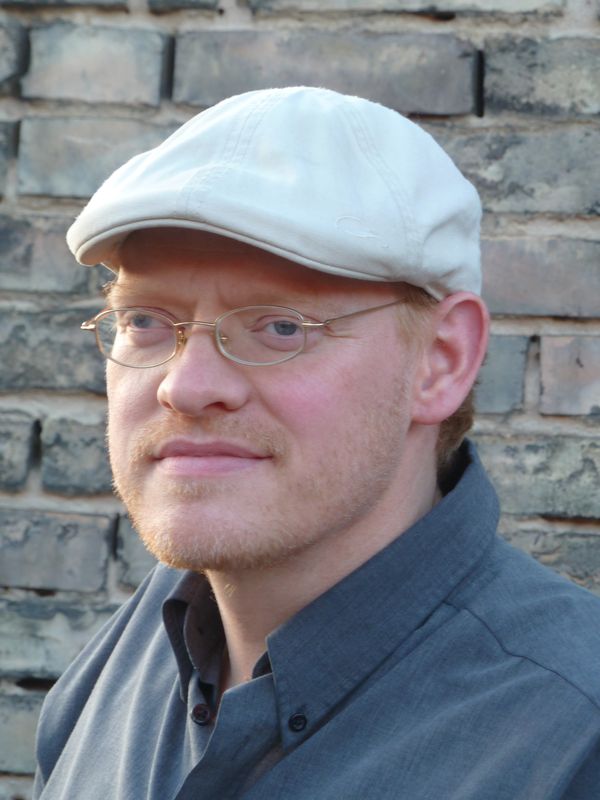Program Information
HIFU Treatment Planning, Modeling, and Dose

J Jenne
D Christensen
D Schlesinger
J Jenne1*, D Christensen2*, D Schlesinger3*, (1) Fraunhofer MEVIS Institute for Medical Image Computing, Bremen, DE, (2) University of Utah, Salt Lake City, UT, (3) University of Virginia Health Systems, Charlottesville, VA
Presentations
4:30 PM : Advanced model based HIFU therapy planning and conduction for the treatment of moving organs - J Jenne, Presenting Author4:55 PM : Rapid Modeling of HIFU Beam Propagation through Inhomogeneous Tissues - D Christensen, Presenting Author
5:20 PM : HIFU in Radiation Oncology - Dosimetry & Workflow Considerations - D Schlesinger, Presenting Author
TU-H-708-0 (Tuesday, August 1, 2017) 4:30 PM - 6:00 PM Room: 708
Modeling plays an important role in the treatment planning, optimization, control and analysis of high-intensity focused ultrasound (HIFU) therapies. This session will cover the development of an integrated acoustic/thermal software package to assist in planning and assessing abdominal MR-guided HIFU treatments, specifically adapting to the movement of targets such as the liver. Also covered is a rapid simulation method that calculates the propagation path of the HIFU beam through inhomogeneous tissue regions, in particular allowing for the prediction and correction of phase aberration effects. In addition, presentation will be given on the merging of ionizing radiation and thermal therapies, including the physical principles involved in each and efforts to create a unified dosimetric model.
Learning Objectives:
1. Understand the basics of therapy with high-intensity focused ultrasound (HIFU).
2. Understand the role of image guidance in HIFU.
3. Understand how mathematical models can help to improve HIFU therapy planning and conduction.
4. Understand the challenges of abdominal HIFU on moving organs and appropriate solutions.
5. Become acquainted with a rapid beam modeling approach that is applicable to inhomogeneous tissues using the spatial-frequency domain.
6. Appreciate the deleterious effects and correction methods for tissue phase aberration.
7. Understand the physical and biological characteristics of RT and ablative HIFU procedures and how they complicate the creation of a unified concept of “dose”.
8. Become acquainted with recent efforts to directly compare and combine dosimetric models for RT and HIFU.
9. Understand some of the implications that combined RT/HIFU treatments may have for treatment planning workflows.
Funding Support, Disclosures, and Conflict of Interest: NIH R01CA172787, Focused Ultrasound Foundation
Handouts
- 127-35743-424554-127808-227918727.pdf (J Jenne)
- 127-35744-424554-126168.pdf (D Christensen)
- 127-35745-424554-126923-610600554.pdf (D Schlesinger)
Contact Email:

